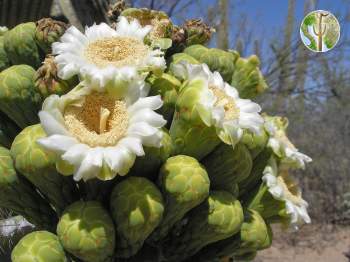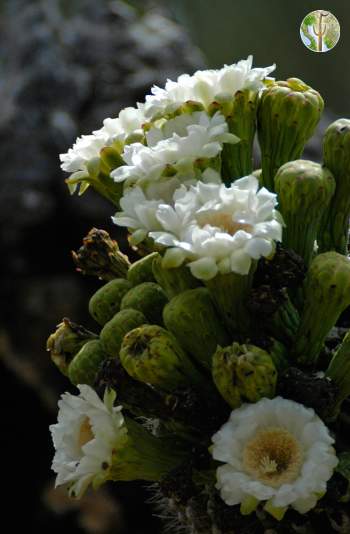Trees
Bursera microphylla, elephant tree
This is a more desert adapted Bursera. Most Sonoran Burseras grow in thornscrub or tropical deciduous forest where there are prolonged periods without rain, but there is always a reliable growing season during the monsoons. Bursera microphylla (and to a lesser extent, Bursera hindsiana) grow in extreme aridity.
Quercus macvaughii
This oak has large stiff leaves with a fuzzy underside that usually has an brown or orangish hue.
Quercus tarahumara
This oak has very large leaves relative to other oaks in our region. Its current northward known limit is in the Sierra Bacadéhuachi. It is common in the Sierra Madre as one goes southward.
Sideroxylon occidentale, bebelama
Large shrub or tree with leaves and growth form that look similar to Lycium or Condalia, but can grow much larger. Bebelama has spine-tipped branches and acquires furrowed bark at a fairly young age. Usually not common, but widespread in Sonora in thorn-scrub and the eastern part of the Sonoran Desert, where it generally grows near washes or sheltering rocky outcrops.
This species has not been found in Arizona, but has been seen within 20 kilometers and could potentially be found in lower parts of the Tumacacori Highlands west onto the Tohono O'odham Nation.
The Forgotten Flora of la Frontera
About 1,500 collections from within 100 kilometers of the Arizona border in Sonora yielded noteworthy records for 164 plants including 44 new species (12 non-native) for Sonora and 12 (six non-native) for Mexico, conservation species, and regional endemics. Many common widespread species were poorly collected. Southern range extensions (120 species) were more numerous than northern extensions (20), although nine potentially occur in Arizona. Non-native species dispersed along highways and escaped from cultivation.
A Preliminary Floristic Inventory in the Sierra de Mazatán, Municipios of Ures and Mazatán, Sonora, México
Presently, the flora of the Sierra de Mazatán contains 357 species of vascular plants distributed in 248 genera and 80 families. The families with the most species are Asteraceae (48), Fabaceae (45), Poaceae (28), Euphorbiaceae (18), and Acanthaceae, Cactaceae, Scrophulariaceae, and Solanaceae (11 each). The results show that the flora of the Sierra de Mazatán is diverse. However, with additional collections, the number of species could double.
Bursera lancifolia
A thorn-scrub and TDF species similar to Bursera fagaroides, but seems to be slightly more sensitive to frost and/or dry conditions. This species has longer lanceolate leaves with teeth along the entire margin of the leaf, unlike B. fagaroides which sometimes only has a few larger teeth on the outer 1/2 of the leaf.
Quercus emoryi
Emory oak is widespread in the lower oak zone of southern Arizona, but disappears as one heads south in Sonora. It often shares slopes with Q. oblongifolia. Q. emoryi wood is very dense and makes great firewood. The acorns are considered the best in the region for eating and are commonly sold on roadsides and markets in northern Sonora.


